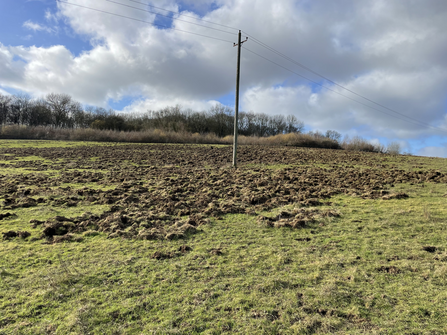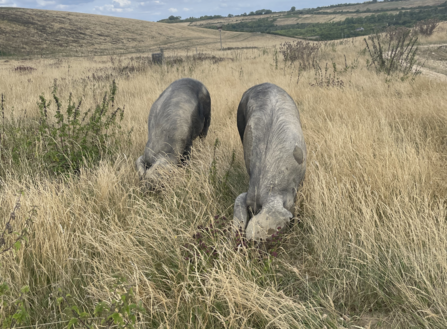The value of pigs in restoring woodlands is being increasingly recognised. For instance, pigs break up dense mats of pine needles to get new seedlings germinating, or trample bracken and eat the roots to reduce shading and allow other woodland plants a chance to shine.
Due to these seemingly destructive activities, when you think of pigs and the wonderful work they do in conservation, a stunning wildflower meadow is not the first thing that pops into your mind - but it is often the result.










